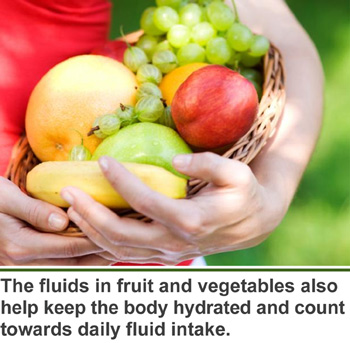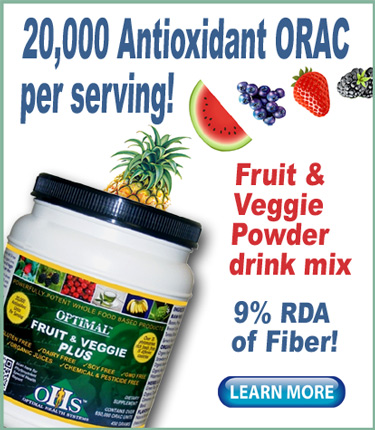Surveys show that roughly 10% of the population is affected by kidney stones. One in ten people will get at least one kidney stone in their lifetime.
“Kidney stone” is the common language referring to when a solid piece of material—the medical terminology is renal calculus—develops in the urinary tract. Kidney stones have affected humans at least as long as written history. A description of surgery to remove them dates to as early as 600 BC in ancient India by the revered medical practitioner Sushruta.
Kidney stones are not just painful—they’re also dangerous. They often lead to emergency room visits and costly surgeries.
Kidney stones also have a connection to chronic kidney disease, osteoporosis and cardiovascular disease.
For those who do develop kidney stones, there’s even more bad news: The likelihood of a recurrence within five years stands at 30%, and the likelihood of a recurrence within 10 years is about 50%.
There is some good news, however. The risk of kidney stones can be lowered to almost nil by following a healthy diet… meaning that you should be eating lots of fruit and vegetables.
Like so many of the health benefits linked to consumption of fruit and veggies, this benefit is proven by research.
Calcium and potassium
A 2022 Mayo Clinic prospective dietary study found consumption of calcium and potassium-rich fruits and vegetables not only lowered kidney stone risk, but also helped avert a second bout for those who did develop kidney stones.
According to the researchers, fruits and vegetables with high water content—like cucumber, tomato and watermelon—not only provide “stone-preventing” fluids, but also critical stone-preventing minerals.
“These things are natural stone inhibitors and can be a part of a stone prevention plan to help prevent further kidney stone formation,” says Dr. Ivan Porter II, a Mayo Clinic nephrologist involved in the research.
To conduct the study researchers compared the results of a questionnaire sent out to almost 1,000 patients at two Mayo Clinics over a nine year period. The survey pitted 411 patients who developed symptomatic kidney stones for the first time against a healthy control group of 384 people.
The researchers found that the odds of a first-time symptomatic kidney stone increased in association with reduced fluid intake, low levels of dietary calcium and potassium, and high levels of caffeine and phytate.
Furthermore, the researchers found those consuming lower levels of calcium and potassium were most likely to have additional kidney stones during the follow-up period.
Excess protein and kidney stones
According to the researchers, in addition to making sure you eat plenty of fruit and vegetables, when it comes to kidney stones it’s also important to cut back on some types of food—particularly animal protein.
“We know that animal sources of protein are simply associated with a higher risk of stones. One way to avoid more stone production is maybe to limit your meat intake to some smaller amount,” says Dr. Porter.
Fruit and veggies help with hydration too
A risk factor for all types of kidney stones is dehydration. According to the American Urological Association, everyone should pay attention to good hydration for a myriad of reasons. Hydration affects everything from blood pressure and headaches to urinary tract infection risk. However, hydration is especially critical when it comes to kidney stone prevention, and will exacerbate the already-high risk that many people have due to poor diet choices.
There is much debate surrounding what constitutes an appropriate intake of daily fluids for the average person; however, when it comes to kidney stones there’s more agreement than disagreement.
A 2021 study by researchers in France, U.S., Canada and UK, and published in the European Journal of Nutrition, concluded “to ensure optimal hydration, it is proposed that optimal total water intake should approach 2.5 to 3.5 liters per day.”
Meanwhile, the American Urological Association advocates a similar number. Their guideline for medical management of kidney stones recommends that people at risk should aim to drink “more than 2.5 liters (85 ounces) of fluid per day.”
While the idea of consuming 8 to 10 cups of fluids each day sounds like a daunting task, it should be remembered that “fluid intake” includes what is in all of the beverages as well as the fruits and vegetables a person consumes.
According to the researchers, people who do not regularly achieve the intake goal are more likely to develop a kidney stone. It should also be remembered that coffee and soft drinks should not be counted in the fluid intake—they lead to low urine volume and increased urine concentration.
– – –
Sources: Mayo Clinic via Elsevier Health database (PDF), European Journal of Nutrition.



